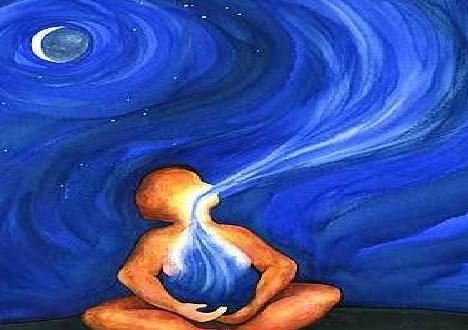
Balancing the Head on the Spine
We don’t think too much about our necks unless we are in pain. But before we talk about pain, lets talk about the head and spine.
Take a moment to think about how the head balances on the spine. The size of the two joints that form the head/spine connection are the size of 2 pennies.
Knowing that the head weighs 10-12 pounds, it is an amazing architecturally engineered structure that supports that kind of balance!
Turn and Look
Along with ligaments and tendons, the head is free to turn and look at any moment and maintain the integrity of our senses with just the right amount of forces needed to both protect and function.
Imagine a gymnast or diver doing beautifully executed acrobatics in all sorts of configurations, their heads and bodies working in perfect unison; not one ahead or behind the other, but each choreographed for precision. Long hours of practice allow that to happen.
Practice
How much time do you spend in improving the relationship between the head and the spine? Some of us have been told to sit up straight and others of us have seen images of women carrying baskets on their heads as a reference point for what is possible.
Most likely we don’t spend any time thinking about the head/spine connection unless we are in pain.
It isn’t until neck pain, headaches or eye strain interfere with something important to us that we pause and seek care or answers.
Tips
Here are three tips for practicing and understanding what is needed to improve the balance of the head on the spine. Hint: stretching the neck muscles does not make the top 3!
- Eyes: Practice “relaxing” your eyes, especially when looking at screens. When we overwork our eyes, the neck muscles also overwork. Relaxing eye strain, relaxes neck muscles too!
- Pelvis: The head balances on the spine. The spine balances on the pelvis. Having ease in moving the low back and pelvis can take strain off of the neck. When sitting, rock your pelvis gently forward and back finding a point of balance of your spine over your pelvis. As you do that feel what happens in your neck and how the position of your head changes.
- Breathing: Pay attention to the breath, especially allowing the abdomen to move freely with each breath, releasing tension in the whole body.
Practicing those 3 tips, will help you ease neck muscle tension and will free your head to move easier! The next time you are carrying something…your head…notice how it balances on your spine. You might discover something interesting!




